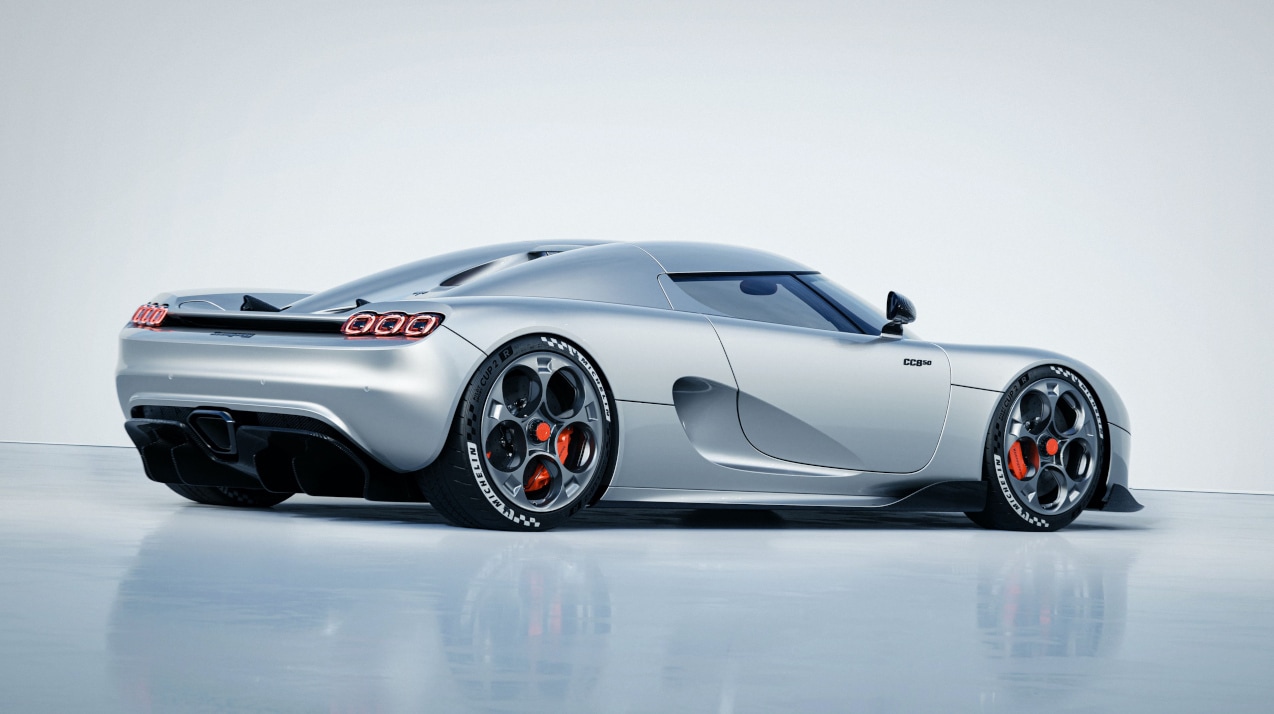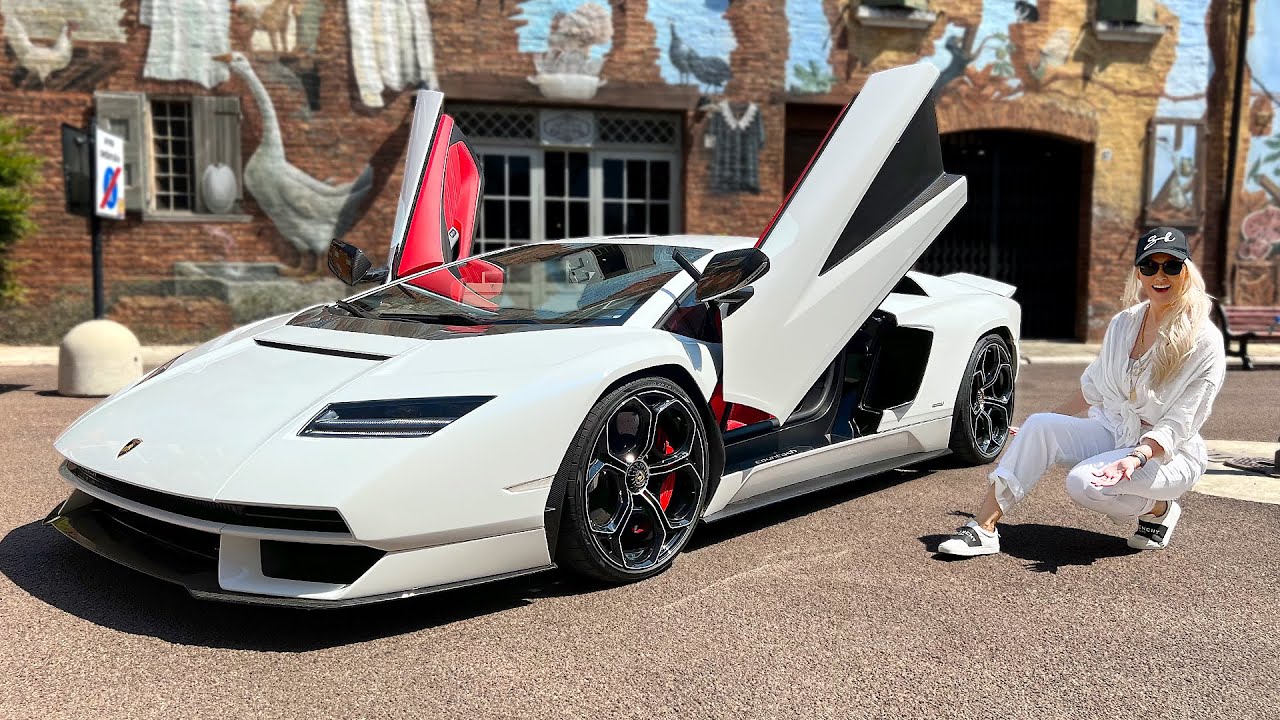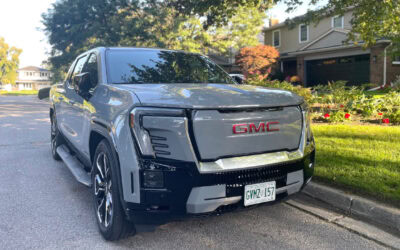The automotive industry is witnessing a radical movement and a lot of it stems from how the future of mobility is constantly changing the way cars are being looked at. While mass market will benefit from the leap to electrification via hybrids or electric vehicles, the big question is how the super luxury performance car – or supercar – sector would fare against this new onslaught.
Related: From Aston Martin to Porsche: The A-Z of supercars
In hindsight, electrification is the big fear for hypercar fans since it removes the noise or drama. However, the likes of the Rimac Nevera have taught the world on how an electrified hypercar can move the heartstrings in terms of sheer speed. That said, there still exists a legion of fans for whom the sights and sounds of a large internal combustion engine still matters in terms of living up-to what a hypercar or supercar should be like.
Supercars: End of an era
More than the sheer speed and technology, a hypercar or supercar should sound magnificent while also involve the driver with an intensely revving powertrain. For car-makers, it is increasingly tricky to manage the analogue bit and yet still move forward the game in terms of performance.
Now, you have Koenigsegg, Bugatti and Lamborghini making some of the last hypercars sans any kind of electrification.
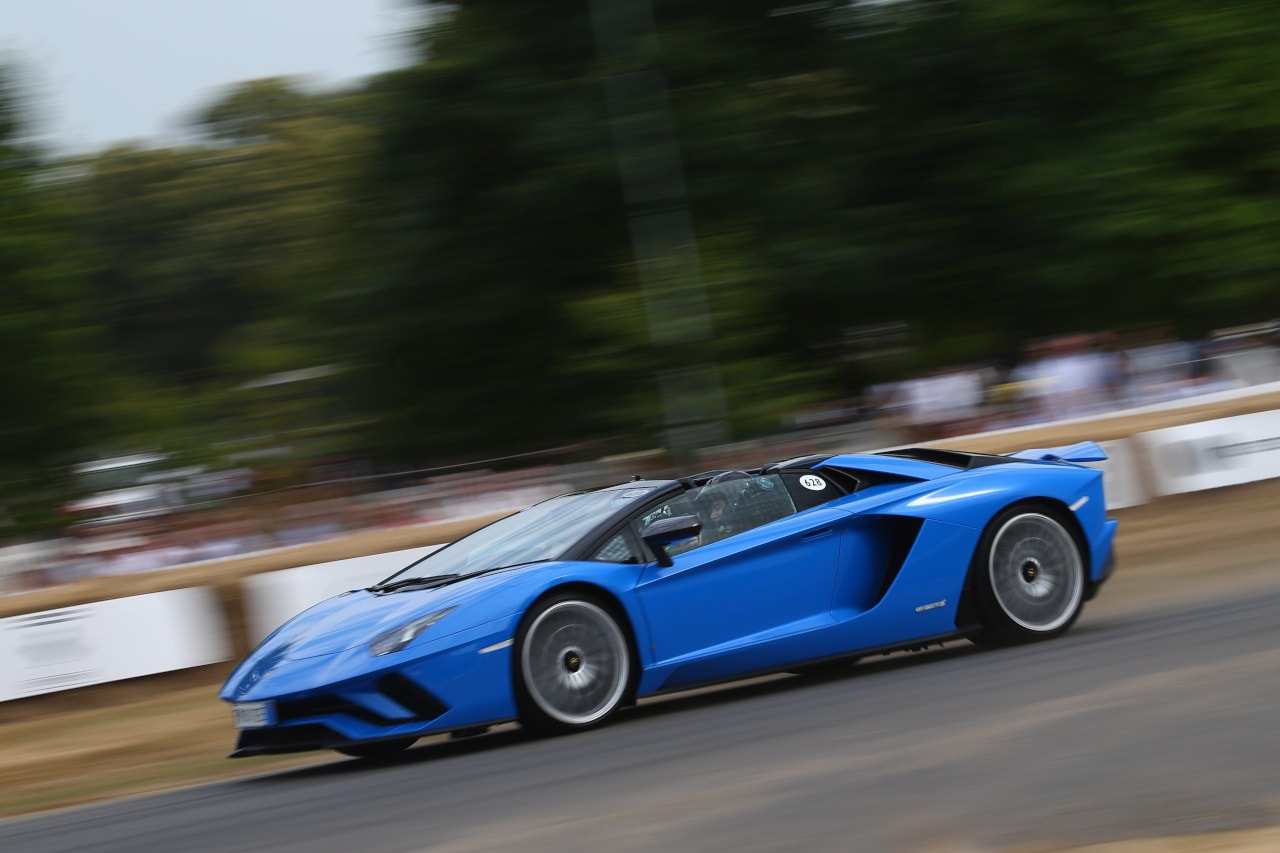
Lamborghini
Related Posts
Supercars: Lamborghini
For Lamborghini, their V12 engine is not just a piece of art but a lifeline on which the company built its core values on. All Lamborghinis had a V12 nestled at the back in terms of its supercar range. The Aventador and the re-born Countach showed how this powertrain has reached its zenith. The Aventador in its various forms was peak V12 in many ways. And with the Ultimae, it was also one of the last big V12s to be available off the shelf too.
The way the Aventador drove was pure supercar theatre. It was not about refinement or being easy to drive. Instead it followed the original supercar rulebook of being raw yet also being exciting.
While mass market will benefit from the leap to electrification via hybrids or electric vehicles, the big question is how the super luxury performance car – or supercar – sector would fare against this new onslaught.
Supercars: Koenigsegg
The same can be said for Koenigsegg (pictured up top as well) which is bringing back the manual supercar with aplomb thanks to its CC850. The Swedish hypercar maker is known for its eyebrow-raising power figures and it is always a ludicrously powerful V8 rather than a V10 or V12. The CC850 comes with a manual gearbox. That is rare since most hypercars have moved towards complicated double clutch gearboxes or simpler single clutch ones.
The Jesko on the other hand is one of the fastest cars in the world while still flaunting a 1280 bhp V8 rather than a plank of batteries. There is of course the Regera which mixes electricity into a complex powertrain but there too, the V8 does most of the talking.
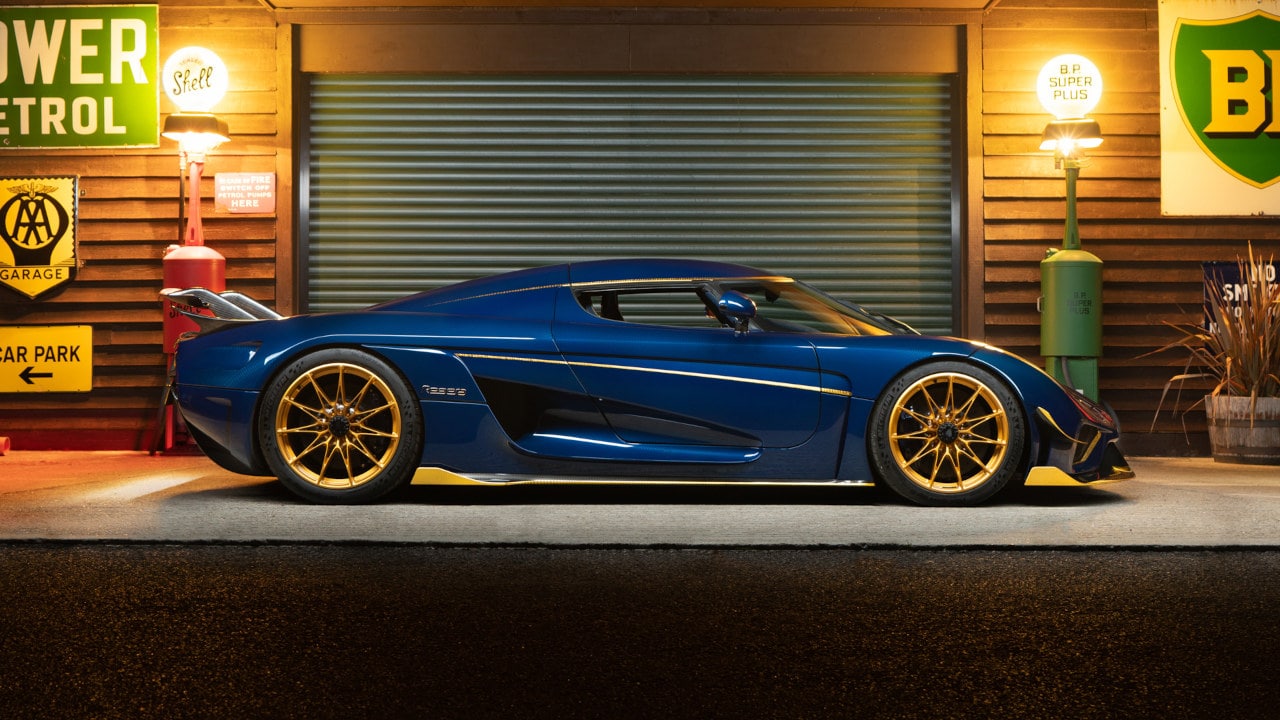
Koenigsegg
Supercars: Bugatti
While Koenigsegg and Lamborghini are flying the flag for the analogue hypercar, Bugatti can be credited for basically inventing the genre. The Veyron lit the fire when it first burst onto the scene. The Chiron carried forward the tradition of mixing luxury along with top-drawer performance. It remains a unique concoction with the latest iteration of the famed W16 producing 1600PS. The art of combining relentless acceleration along with GT credentials is something not seen anywhere else and the W16 itself is a marvel of engineering that will soon see the end of its life.
The next Bugatti will be a hybrid of sorts but won’t have this W16 engine. So will the next Lamborghini as the hypercar world steadily moves towards electrification. Hence, for enthusiasts, these cars are currently the last of a dying breed while also signifying the end of the glorious power-fuelled era of fast cars with equally big engines.
For more on the latest with supercars and hypercars head here.
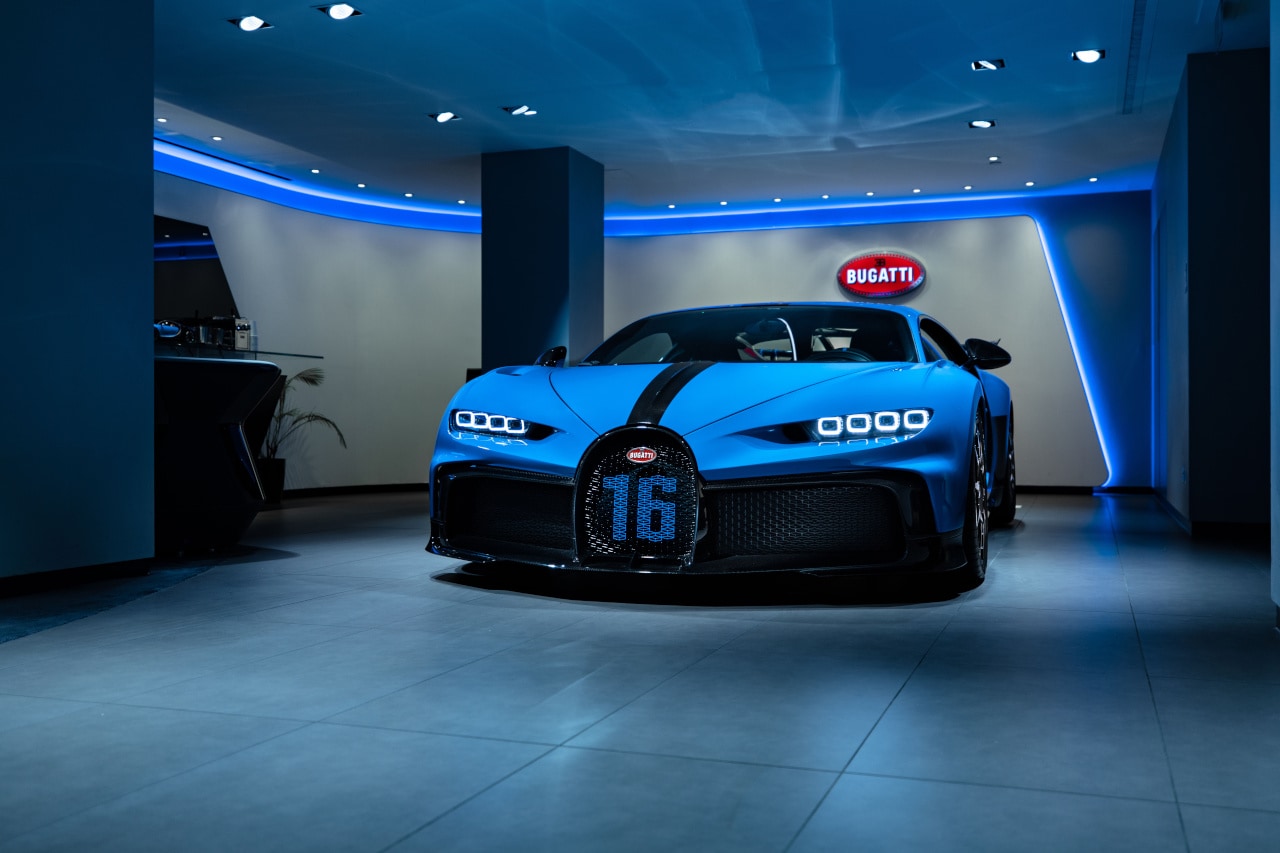
Bugatti

Somnath Chatterjee grew up around cars and most of his childhood was spent obsessing over supercars. Years later he decided to start writing about them and hasn’t looked back since. While he has had his fair share of cars, the world of automobiles never ceases to amaze him. Travelling all over the world to drive them along with sharing that experience is what ultimately keeps him going. He hopes to drive a Ferrari 288 GTO someday because, well, do you really need a reason?



